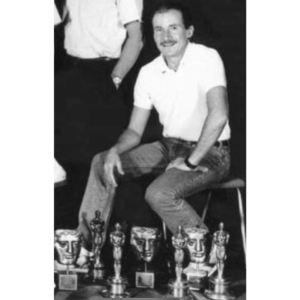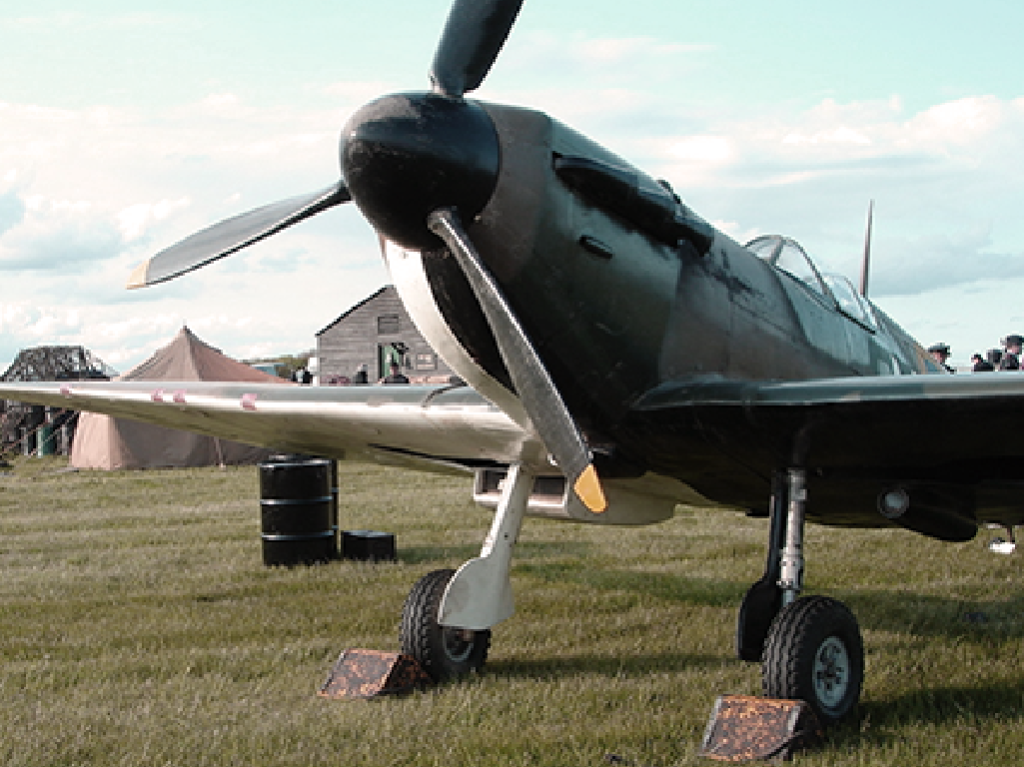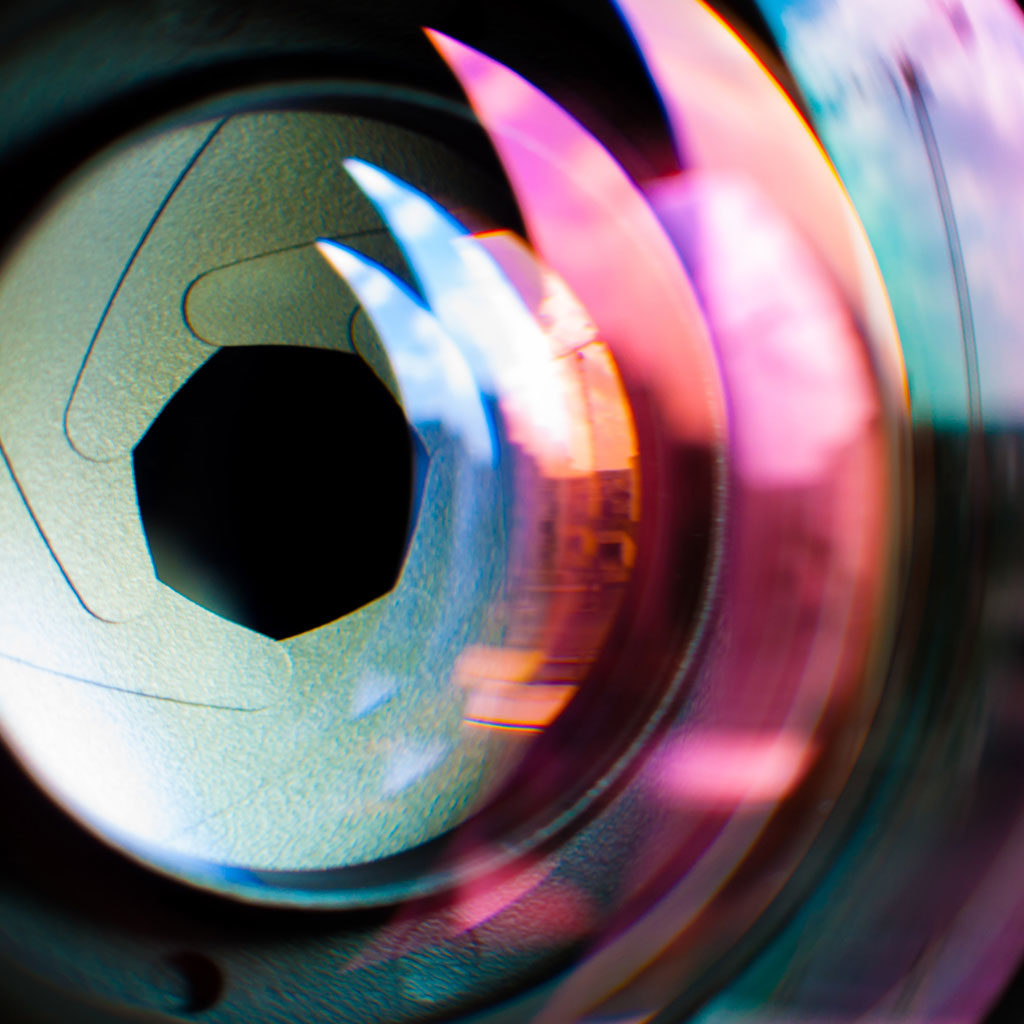
Richard began working in the Television Industry in the 1960s for Gerry Anderson, working on numerous Anderson productions including “Thunderbirds”, “Captain Scarlet” and “Joe 90”. It was at Gerry Anderson Productions where Richard met his long time collaborator and friend, George Gibbs. On leaving Anderson productions, both Richard and George went on to work together under the Optical FX pioneer, Wally Veevers on “The Battle of Britain” (1969) and “Captain Nemo and the Underwater City” (1969). He then moved to the BBC for a further four years, working on numerous productions but his Model FX work was put to best use on a number of “Doctor Who” series, spanning both John Pertwee’s later serials and Tom Baker’s earliest.
Following his years with the BBC Richard moved to working on more major motion pictures. One of his first big breaks in a senior SFX role being “Flash Gordon” (1980) which was a huge Dino De Laurentis science fiction production (with similarly huge budget) which utilised many of Great Britain’s talents in both SFX and VFX. Richard being one of those talents was to collaborate with George Gibbs once again, pioneering ambitious and dangerous flying sequences, involving both models and actors. A particularly memorable effect Richard created whilst working on “Flash Gordon” was creating the unforgettable multi-coloured skies around Mongo and its neighbouring planets. Richard enjoyed explaining to me at length how this was achieved which fascinated me from the outset. Giant glass tanks (with mirrors mounted to the rear) were filled with water and left to “pool” over the course of several days, Gradually, Jeyes fluids and various kitchen cleaning products were “borrowed and utilised” from both Richards and his colleagues’ homes and kitchen sinks so to add to the pooling water to achieve the swirling marble-like skies for the production.
The 1980s were a rich and plentiful era for both Science Fiction and Fantasy films on which Richards skills were utilised, including great genre productions such as “Conan the Barbarian” (1982), earning the trust of one Arnold Schwarzenegger who came in handy when parking in small Spanish villages where no parking spaces were available and “Indiana Jones and the Temple of Doom” (1984) where collapsing rope bridges and burning hearts utilised early pyrotechnic techniques to great effect. Richard also worked on Jim Henson’s “Labyrinth” (1986) where 15-foot mechanical giants, flying artificial Owls and collapsing bridges were developed, built, and used to great effect.
It was during this time when Richard began working with Terry Gilliam on several of the decades great fantasy films, first on “Monty Python’s Meaning of Life” (1983), where the “The Crimson Permanent Assurance” sequence was to be a precursor and test run for the next Terry Gilliam fantasy film, “Brazil” (1985). Richard supervised the elaborate and challenging flying sequences which showed the films “hero” Sam Lowry (portrayed by Jonathan Pryce) flying through expansive Kapoc and dry ice cloud lined skies, incorporating model and maquette techniques to effective end. In addition to these sequences, Richard built a 30 x 60-foot miniature landscape set on an eight-foot rostrum, which would be raised on pneumatic rams out of sight of the camera, shooting at 12 frames per second using a wide angle lens to achieve a forced perspective. Richard and his colleagues work on “Brazil” was subsequently recognised by Bafta, winning Best Special Visual Effects in 1986.
After completing work on “Brazil”, Richard went on to collaborate with Gilliam once again in Rome on “The Adventures of Baron Munchausen” (1988) where more of Richards great model and SFX work was utilised to create the elaborate look and feel of the production. Richard and his team were, on Munchausen, once again recognised for their outstanding work, this time being nominated or an Oscar for Best Visual Effects at the 1990 Academy Awards.
Richard would move on to continue developing and coordinating special effects with further great outcome, creating the complicated flying sequences of Michael Caton-Jones’ “Memphis Belle” (1990), firebombing a miniature Dresden in Vincent Ward’s “Map of the Human Heart” (1992) and working with Director Anthony Minghella on “The Talented Mr. Ripley” filmed in Ischia (a place mutually loved by both Richard and my family) and various other Italian locations. Richard would also collaborate numerous times with Danny Boyle on such great modern masterpieces as “28 Days Later” (2002) and “Sunshine” (2007). Richard even played a part in creating and supervising special effects for the 2012 London Olympics Opening ceremony.
“And Begin what they came here to do…to eat Cleveland and Des Moines and Peoria and New York”*
In 1985, Richard was approached by Frank Oz and producers of the big screen adaptation of the Off Broadway hit, “Little Shop of Horrors” (1986). Richard was to lead the elaborate and unprecedented $5 Million special effects finale. With a crew of no less than thirty-six Special effects technicians, several plasterers and four cameramen the creation involved a full miniature scale Manhattan being destroyed by maniacal giant man-eating plants, in all its 1950s B-Movie swagger, as was intended by both Richard and Frank Oz. The giant miniature set included and utilised just about every method of SFX Richard had developed and worked with to that point, including foreground miniatures, giant water tanks, building miniatures at 1/24 scale and Man eating Plant puppets powered by hydraulic controlled mechanisms, all without resorting to Optical effects. A truly fantastic achievement in SFX.
It was in fact this film and Richard’s work on it which lead Richard and I to meet, following a prior meeting with an Arkadon team member describing this work to me as “the greatest miniature set I’ve (he’d) even seen”. I knew at that point that I wanted to find Richard and learn from him how these incredible results were achieved. From first meeting Richard to discuss this, I became hugely fond of visiting him at home and could listen to his relaying practical methods of film making, both SFX and otherwise for as long as he would be willing to talk to me about the subject.
Richard’s work was truly something that left a great impression on myself and a generation of film lovers. I am truly thankful to have met and learned from Richard. I feel equally privileged to have called him a friend.
Paul Isaac
* A Lyric from the original “Little Shop of Horrors” (1986) script, to which Richard and his SFX team worked in order to develop the original final sequence of the film.




